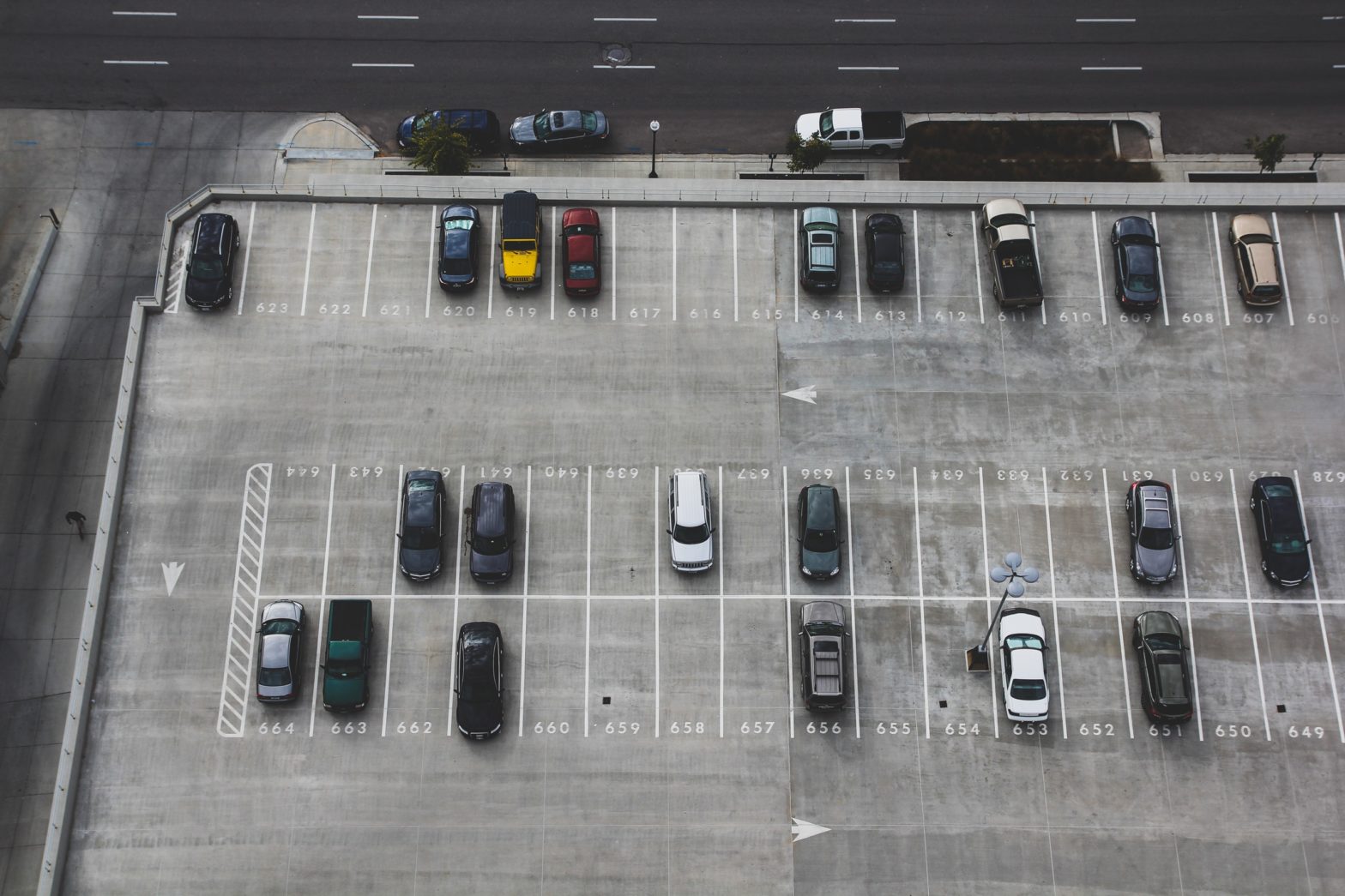
Photo: surveillance-blog-thumbnail
When 5G and video surveillance met in a smart city
16 October 2010
Video surveillance cameras will be the largest market for 5G Internet of Things (IoT) solutions worldwide over the next three years according to Gartner, Inc. and will represent 70% of the 5G IoT endpoint installed base in 2020. It’s no surprise that video cameras find themselves at the top of the IoT pile given the significant global focus on safer cities, buildings and work environments. Traditional CCTV deployments dependent on cable and fiber connections are complex and costly to implement and manage at scale – thus wireless connectivity is becoming the medium of choice to transmit video feeds for analysis, situational awareness and improved decision making. 5G networks’ enhanced mobile broadband capabilities support the bandwidth requirements of high resolution 4K and 8K video cameras in dense urban environments, while delivering the quality of service required for jitter-free, low latency, real-time video feeds through ‘network slices’.
5G for 4K/8K CCTV deployments in smart/safe cities
By 2050, nearly 70% of the world population will be living in cities. This rapid urbanization places significant challenges on urban governance and infrastructure impacting citizen safety and mobility, as well as education, health and other systems. As cities aspire to become smarter and embrace the Internet of Things and data analytics, city-wide networks of CCTV cameras have been prioritized by many city governments. The reason behind this is that video feeds can be analyzed in multiple ways, effectively making the camera a ‘multi-purpose sensor’. For example, in a smart city engagement in Hanoi, we analyze video feeds from cameras for public safety applications, traffic monitoring and management, and crowd management. In the city of Los Angeles, we rolled-out a thermal imaging camera solution for ‘fire-spotting’. And in Belgium, our Scene Analytics solution is being used to oversee physical security in highway rest areas.
The rise of the wireless CCTV camera
Traditional cable and fiber-based CCTV has limitations and is steadily being replaced by wireless CCTV cameras. Wireless CCTV cameras significantly simplify the implementation and management complexity of massive scale deployments in dense urban environments. Additionally, newer implementations that use body-attached, vehicle-mounted or drone-mounted cameras can only be connected wirelessly. The major question around wireless as the connectivity medium of choice till now has been “Can it support the required bandwidth and latency requirements for real-time, high definition camera feeds?” The answer is: “yes, with 5G.” Here’s why.
5G as the connectivity medium of choice
Let’s take an example. A quick visit to cctvcalculator.net learns me that with ten 4K CCTV video cameras on a street, capturing an average frame rate of 15 fps while using a standard H.264 high quality codec, the network bandwidth requirement would be 90.4 Mbps. In layman’s terms, you basically need a sizable amount of bandwidth to cope with the data traffic. On existing cellular networks, this would be a significant additional traffic load, as they cater to consumer traffic as well. However, with 5G networks, this challenge is insignificant as capacity increases exponentially – a mindboggling 10 Gbps uplink peak data rate! Network ‘slices’ can then be defined to cater exclusively to the CCTV traffic, offering the required QoS and latency characteristics needed for high quality real time video.
Do cameras increase safety or intrude on people’s privacy? Can 5G bridge the paradox?
Let’s address the elephant in the room – privacy. No one I know is particularly keen on a Big Brother monitored dystopian world where someone, somewhere has access to your every move. At the same time, even the most vocal critics of CCTV coverage would grudgingly agree that cameras are at least a deterrent to potential crime. So how can we use technology to address this potential paradox? Is there a way to only record anomalous events?
The answer lies in video analytics at the edge. One of the important capabilities of video analytics is the ability to anonymize by dynamically ‘masking’ people in real time. Let’s take an example of a retail store. With ‘masking’ techniques, you can effectively transform moving people and objects into transparencies on a background. So the store owner can track movement and activity but cannot visually identify individuals. Solutions like our Scene Analytics bring further advancements by detecting anomalies in behavior, movement and environment on the masked feed. Only the anomalous event is captured – the rest of the feed is discarded in real-time.
So what is the role of 5G? 5G also supports a distributed cloud architecture and edge computing is an essential element of the same. When aggregation, processing and analysis of video streams is performed locally on 5G edge clouds, there is no centralized storage of video data. Decision making is purely carried out by the video analytics software on anomaly detection without human intervention. Together, 5G and video analytics will play a key role in keeping people safe while addressing individual’s privacy concerns.
The future of the Smart City
It is clear that 5G will play a critical role in connecting massive public-space and city-wide networks of CCTV cameras making high definition video feeds instantly available for situational awareness and analytics driven insights. Aggregating video insights, data from city systems and IoT devices on an actionable intelligence platform like Nokia’s Integrated Operations Center will enable cities to rapidly respond to situations with contextual actions driven through machine learning and automation and keep cities functioning efficiently while ensuring the safety and security of urban citizens.
But that’s not all. When 5G, cameras and analytics combine, the smart city truly comes to life. Imagine a world with safer roads and stress-free office commutes on connected vehicles. A cleaner world where waste collection robots identify and dispose of garbage on the streets before it becomes an eyesore . A more convenient world where machine vision-enabled robot ‘runners’ efficiently carry out pizza deliveries within minutes when midnight hunger pangs strike! The possibilities of using technology to enhance quality of life are limitless and 5G will be key to connecting everyone and everything to deliver on the smart city promise.
Smart and safe cities is just one environment where real time video powered by 5G will play a key role. Next stop – industrial venues and manufacturing sites!
Visit our new website for more information on extraordinary video surveillance and analytics experiences.
Share your thoughts on this topic by joining the Twitter discussion with @nokianetworks or @nokia using #smartcity, #5G, #CCTV #safety
This article was originally published on Nokia’s blog.











